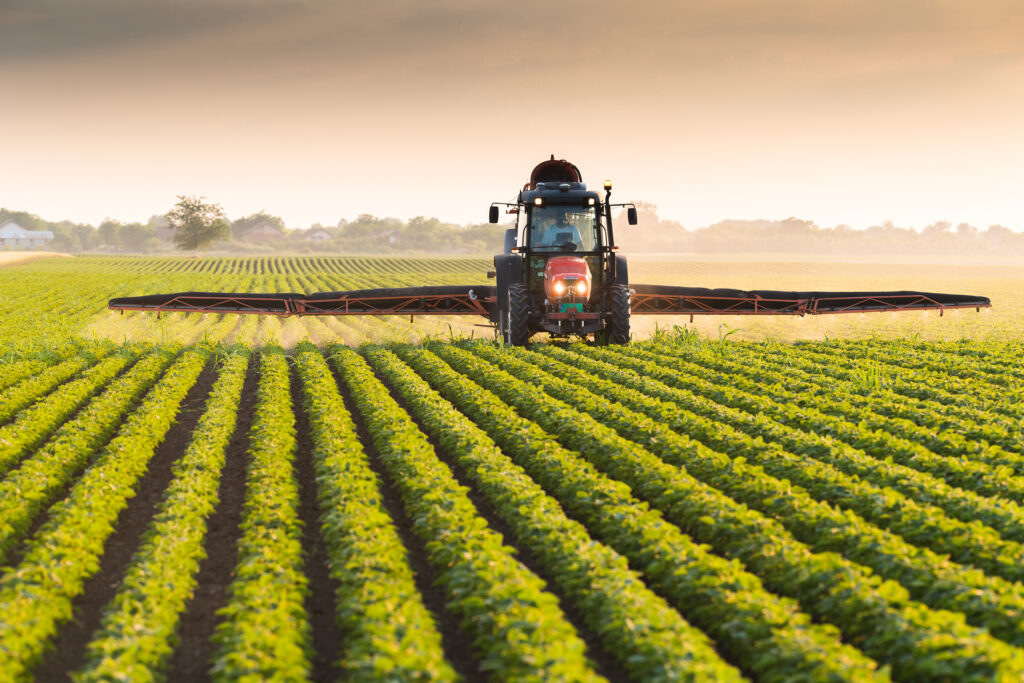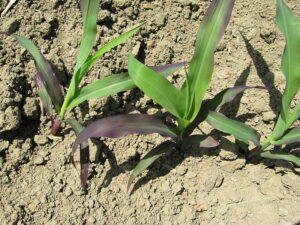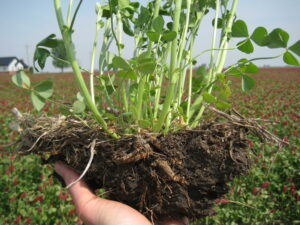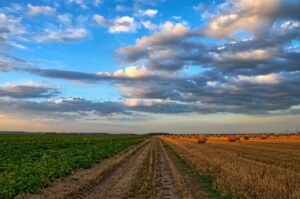Phosphorus Deficiencies in Soil
Understanding Phosphorus Deficiencies and Soil Dynamics
Phosphorus (P) stands as a cornerstone of agricultural productivity, vital for the growth and vitality of both plants and animals. Constituting about 0.2 percent of a plant’s dry weight, phosphorus plays crucial roles in the synthesis of DNA, ATP production, and cell membrane integrity. Despite its criticality, phosphorus availability in soil can be a limiting factor, impacting crop development and yield potential. Conversely, excessive phosphorus in soil can pose environmental risks, such as contributing to algal blooms in water bodies through runoff.
Soil phosphorus exists in organic and inorganic forms, with the majority being immobilized and unavailable for immediate uptake by plants. Inorganic phosphorus, found in soil solution, sorbed to soil particles, and in mineral forms, plays a pivotal role in supporting plant growth once made available through processes like mineralization and desorption. However, these processes are balanced by immobilization and adsorption, influenced by factors such as soil pH, organic matter content, and soil mineralogy.
Phosphorus Loss and Soil Management
Phosphorus loss from soil occurs primarily through crop uptake, surface runoff, and leaching, with runoff being the predominant pathway. Surface runoff carries dissolved and particulate phosphorus into water bodies, impacting water quality and ecosystem health. Factors influencing phosphorus availability include soil organic matter content, clay composition, and soil pH, each affecting the solubility and retention of phosphorus in the soil profile.
Understanding these dynamics allows for better management practices to optimize phosphorus use efficiency while minimizing environmental impacts. Techniques such as soil testing, targeted fertilization, and erosion control measures can help sustainably enhance phosphorus availability in agricultural systems, ensuring both crop productivity and environmental stewardship.








